How to Find the Best Place to Buy Traffic
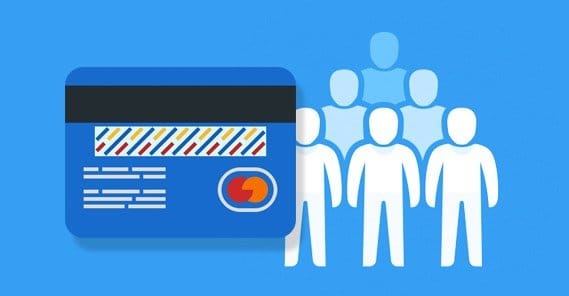
Buying traffic is a controversial subject online, but it shouldn’t be. After all, virtually every business is buying traffic every day. What do you think advertising is? When people talk about “buying traffic,” what they really mean is buying traffic from shady resellers sending bots at websites. I fully agree that you should avoid bot traffic, simply because it’s valueless to you, but I’ll talk more about that later.
I firmly believe that every website should be buying traffic, and not just because I’m writing here on a website that sells it. Buying traffic is a way to convert a budget into profits, so long as you have the right framework in place and you buy from the right sources. Setting up that framework and finding those sources is what I’m going to cover here today.
Do You Need to Buy Traffic?
First of all, you need to ask yourself the question of whether or not you actually need to buy traffic. I sort of gave away the answer, though; you do. I can think of very few circumstances where you shouldn’t be buying traffic. If your business has fulfillment issues or if you don’t actually have a way to convert website traffic into paying customers, then sure, don’t buy traffic. In the former instance, you should dial back on advertising and work on a way to get those delivery kinks worked out. In the latter case, you should be working on a way to convert traffic, and until then, take down your website. It’s not doing you any good, and when people who up wanting to buy and can’t, you’re losing them.

In pretty much any other case, yes, you should be buying traffic. Small business with a tight budget? Go ahead and buy some traffic, because that traffic can convert into paying customers, and their purchases go to fund more paid traffic. Mid-sized business with a lot going on? Buy traffic; the steady income from a steady, predictable amount of purchased traffic can help anchor your profits so you have something you can build on. Large business with a large budget and a dozen marketing channels? You should invest all you can into buying traffic, so long as it has a profitable return. There’s no reason not to, at that point.
It all comes down to converting money into more money, by way of people visiting your website. If you’re having trouble making a positive return on investment from purchased traffic, it’s just as likely to be a problem with your website as it is a problem with the traffic. We’ll look at troubleshooting that later, too.
Are You Prepared to Convert Purchased Traffic?
The number one prerequisite for buying traffic – and, really, for operating a website at all – is the ability to do something beneficial with that traffic. You want to convert the people who visit, though you may have different definitions of convert, many of which are overlapping.
At the lowest level, you want to be able to convince users to join a mailing list or otherwise enroll in some way to keep up with your site. A mailing list is good, an RSS subscription is fine, and even just daily readership, though hard to track, works.
Above that, you want to get people interested in learning more about your business, your industry, your industry, and your products or services. This is where regular blog writing and content comes in.
Above that, you want to get people to buy your products or services. This is where you need landing pages, you need robust product pages, and all the other aspects of marketing that go into it.
There’s a lot of room for change here. Landing pages, sales copy, sales techniques for direct and indirect communication; it’s all giving you routes you can optimize to convert a higher percentage of your incoming traffic. Look up topics like landing page optimization and conversion rate optimization to learn more.
The trick to buying traffic effectively is getting as much out of it as you can. The higher your conversion rate, the more profit you’re making from the traffic you buy, and thus the better it is to buy it. If your conversion rate is sufficiently high, you can reinvest the profits to increase your traffic flow and cycle up until they start to taper off.
Methods: Big Names, Third Parties, or Tertiary Sellers
The next thing you need to do is decide how you want to buy your traffic. There are a bunch of different methods, with their drawbacks and benefits.
At the very top tier, you have the big name ad networks. These are things like Google AdWords and Facebook ads. They’re connected to audiences of literally billions of people, and they give you incredible control over the targeting and analytics for your campaigns. On the other hand, they’re also typically very complex, and very competitive. Your competitors are using them, as are thousands of other marketers at any given moment, so you have a fight on your hands.
Below that tier, you have the third party ad networks. These are things like Advertising.com, Infolinks, Clicksor, and the like. They’re smaller than the big names, but they’re still large in their own right. They don’t give you quite as many fringe benefits, not quite as detailed analytics, and so forth. On the other hand, they open you up to sites that don’t run the big names, which can be a lot of otherwise untapped traffic. It can be a hassle to use them, but once you have them set up, you might have a leg up over the competition that doesn’t use them.
Below that tier you have the traffic resellers. These are companies that step in and offer to sell you traffic rather than allow you to run ads. The trick is, they’re running ads on their own proprietary networks, using their own practiced techniques. This is just as valid as doing it yourself, and can get you the same if not better results. Expenses here – and analytics, and other perks – can run the gamut from total hands off to very hands on.
At the bottom, you have bot traffic sellers. Don’t make the mistake of thinking that the descent from each tier to the next is linear, though. If you rank each on a scale of 1 to 100, Google and Facebook – the top tier – is in the 90+ range. Third party networks can range from 80 to 95. Resellers would run from 60 to 90, depending on who you pick up. Bot sellers, meanwhile, top out at 10 and rarely get above a 0. It’s an incredibly steep drop off.
Bot traffic is terrible for your site because, well, the traffic you get is coming from software. You’re paying for someone to use a program to send fake hits to your site. These fake hits aren’t real people; there’s no way they could possibly buy your product or earn you any money. It’s a sheer loss and, if you’re running display ads, might even get you blocked from a program, costing you even more.
Traffic Quality is Paramount
The quality of the traffic coming in is much more important than the source of that traffic. I don’t care if the visitor is coming from Google, from Bing, from LinkedIn, from Clicksor, or from Fiverr; so long as that visitor converts, why does it matter where they found me?
Okay, so that’s not exactly true. You do care where the traffic is coming from, because that informs you how you can get more of that traffic. If you get traffic from source A that converts at a 5% rate, and you get traffic from source B that converts at a 25% rate, you’re going to want to buy more traffic from source B.
The problem that comes up here is if source A and source B both cost the same, but source A gives you 100x the traffic. The sheer volume alone would give you a greater benefit. That’s why you need to do calculations. How much traffic is coming in, how much of it converts, and what’s the conversion rate? How much did you spend for the traffic? What is the cost per conversion? What is the average value of a conversion, and does it vary from source to source?
These aren’t just questions you can ask yourself; they’re ways you can improve. You can tweak your ad copy or your landing pages to get more traffic for the same cost. You can tweak your sales push to get more of that traffic to convert. You can tweak your ads to lower your cost per hit, so you’re earning more for your investment. There are a lot of different ways you can improve.
In general, users coming in to your site are going to fall into one of four categories.
- Highly interested users. These are people who know about you and know what you do. They’re simply using the ad as a “right time and right place” for an excuse to convert. This is your best audience.
- Moderately interested users. These are people who many not know who you are or what you sell, but who are interested enough in the topic to check you out. This is going to be, ideally, the majority of your traffic. They’re potentially easy to convert, but may require a little work or a little time.
- Disinterested traffic. These are the people who are visiting your site because they’re bored, or because they’re doing something that requires them to visit your site, like the Google search result raters. They’re visiting but they don’t really care, so they’re not viable sales targets. These could even be interested users, but if they’re outside of your geographic area, you might not be able to sell to them, making them valueless to you.
- Bot traffic. As mentioned, bot traffic can’t possibly benefit you, so getting a significant portion of your purchased traffic in the form of bots means you’re wasting money and should stop getting traffic from that source immediately.
So, what else can you do to help find the best traffic sellers? So far, everything I’ve talked about is either conceptual or revolves around ways you can make traffic perform better. Now let’s talk about how you can get that traffic.
Searching For Reviews
I assume you’re savvy enough to run some searches for sellers. Looking for ad networks and traffic sellers is easy. Just find lists online and compile the names into an Excel spreadsheet. Next to the names, make a column with the URL of the website, and remove any from the list that no longer have a valid URL. Chances are, you’re also going to find a handful that have been merged or bought by others, or older ones that have rebranded. Go with the up to date information, but note down past names so you can search for more information on them.
Fill your spreadsheet out with other relevant information. This section, and the following sections, will give you ideas for columns you can fill in.
One thing you should study is the reviews for each service or network. You’re going to find a lot for all but the smallest, most independent sellers. These networks love to push their users to leave positive reviews, but they also tend to be aggressive with public relations management to get negative reviews removed. As a consequence, you can’t always trust glowing positive reviews because they may have been sponsored or otherwise left in exchange for compensation.
Now, I’m not saying you should always trust negative reviews either. One of the most common problems is that someone gets overcharged or gets the wrong kind of traffic, and they leave a negative review talking about how the service sucked. Well, no, not necessarily. Maybe that user just double-ordered, or maybe they enrolled in a monthly program they didn’t pay enough attention to notice. Maybe they ignored traffic targeting and as a result got a lot of traffic that wouldn’t work for them. There are mitigating factors, and I find that the angrier the review, the less likely it is to be realistic. Issues happen, but if that kind of thing happened to every customer, the company wouldn’t be in business for long.
Do They Geotarget?
Geotargeting is very important for the traffic coming in, for two reasons. First comes the broad geotargeting, or geolimiting. If you’re a mid-sized business in Iowa, you’re probably not going to be able to sell or ship internationally. That’s a tall order, and even if you can, shipping costs get expensive. You probably want to geographically lock your traffic to North America at the broadest. I don’t care how interested the users from Pakistan are, if you can’t ship to them, they can’t buy.
Conversely, you probably want to geotarget a local area if you can. The closer to you your traffic is, the more likely you are to be able to sell to them. Some companies don’t care, of course, and can ship anywhere in the USA. Some are selling services, though, and prefer to work with local companies. These are great customers, but if your traffic is coming in from across the country, you’re not getting full value out of it.
Is Traffic Niche-Sorted?
This is a pretty common method of sorting traffic, and it comes from how most of these traffic sellers work. See, they tend to have networks of websites running ads for them. When a site enrolls to run ads and get paid for running them, that site fills out a form indicating their niche and topic. This allows the network to categorize the traffic coming in to its ads, and allows them to serve the right kind of ads to the right kind of sites. If you’re a site selling athletic wear, you probably want your ads displayed on sites in the athletics niche, right? It’ll get you a lot more interested traffic than you’ll get if you’re running ads on sites dedicated to TV shows or painting or what have you.
Now, this can be a bit difficult to measure properly, because it’s always possible that the site is just lying about categorization. However, if the site doesn’t even have the option, you know you’re going to be getting low value, unsorted traffic. It might still convert, and even convert well, but it might also be completely worthless to you.
Can You Choose a Daily Level of Traffic?
Buying traffic can be dangerous if you’re running ads on your own site. A lot of ad networks don’t like having to pay out to sites that buy traffic, simply for the potential for fraud. This is more applicable to PPM ads – pay per view – rather than PPC ads, since the bought traffic won’t always click through another ad.
One of the ways networks detect such click fraud is to look for unnatural spikes in traffic. If, for example, you buy 10,000 website hits, that’s fine if your site averages 500 hits a day, but only if you’re only getting a few hundred per day. If your site averages 500 hits a day and you buy that package, only to find it all delivered in a two-day period, you’re getting an 11x jump in traffic for two days before it drops back to normal. That’s unnatural and it’s a red flag for most ad networks. Typically, you’re going to want the traffic you buy to be spread out evenly throughout the applicable period, typically a month.
On a side note, you don’t want to buy an excessive amount of traffic. If your site averages 500 hits a day, you don’t want to be buying 5,000 hits a day. Go for a few hundred, and ramp up from there as your traffic grows.
What Analytics Do They Provide?
A lack of analytics in your traffic buying dashboard isn’t necessarily a deal breaker, but the more analytics they provide, the more legitimate they likely are. You’re going to want to be monitoring as much as you can about the traffic coming in, including referral information and what sort of actions they take while on your site.
Sites like Google’s ad network and Facebook ads will give you plenty of analytics. Other ad networks and traffic sources may give you little or nothing at all. Make sure you’re running Google Analytics, make sure the links you run through your traffic buying program are tagged with UTM information, and make sure you’re tracking everything as precisely as possible. This allows you to find the weak points in your traffic conversion process, so you can improve them directly.
What Rates Are You Paying?
The rates you pay for your traffic matter, but they aren’t the be-all and end-all of the exchange. As I mentioned way at the top, you need more than just cheap traffic. While not entirely bad, cheap traffic can sometimes be cheap for a reason. Bot traffic and traffic from third world countries will be very cheap, but it also won’t get you any conversions.
You need to monitor how much you’re paying for traffic so you know how much you’re paying for conversions. If you’re losing money, cut off the program and buy traffic from a different source. Don’t make excuses for them, just cut and try someone else. Life is too short to waste time on wastes of time.
Does the Traffic Convert?
At the end of the day, this is the most important metric, but there’s no way you can know it without actually making an investment. What you need to do, then, is pick your top potential traffic sources and start small. Buy a few hundred hits and watch where they go, where they come from, and what they do. If they convert, buy some more, and keep monitoring. Either it was a fluke, or you’ve found genuinely good traffic.
The key is always to start small and test. You don’t want to dump hundreds of dollars into buying traffic that won’t convert.
 ContentPowered.com
ContentPowered.com
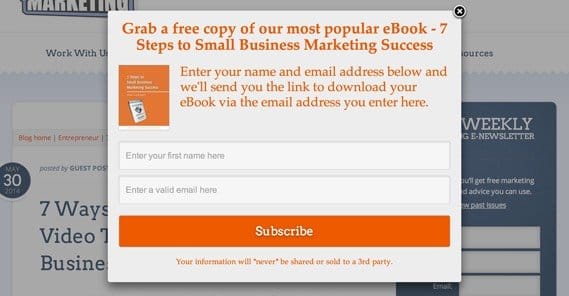
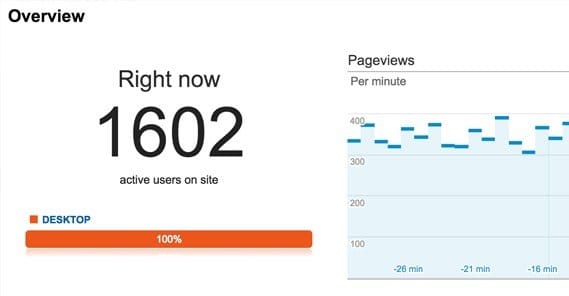
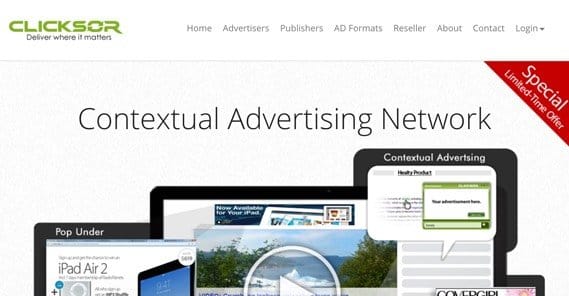

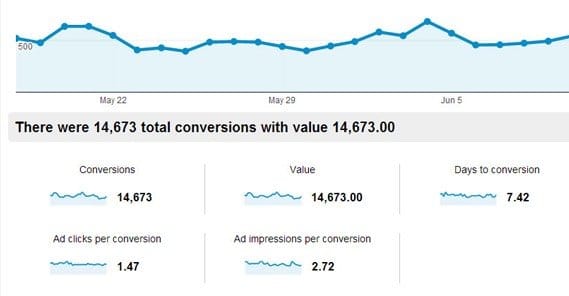
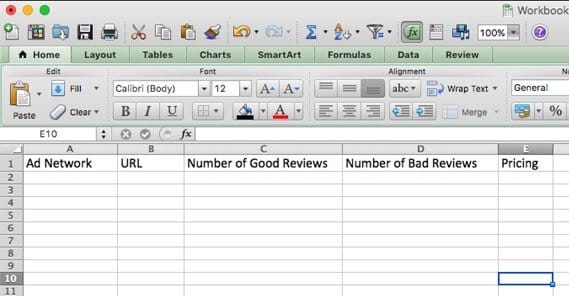
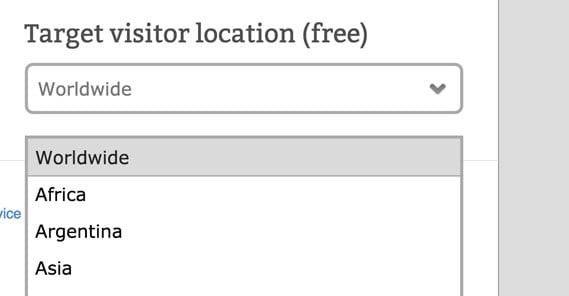
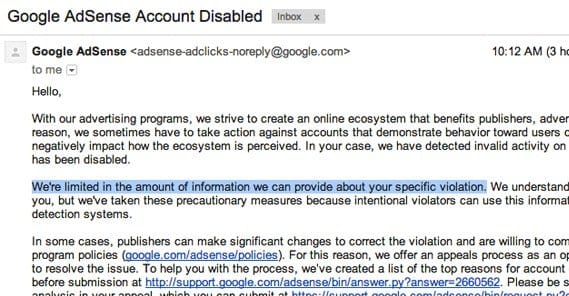




Although most people prefer to get free traffic from Search Engines and Social Media, it comes with a lot of work on their part. All you need to drive paid traffic to your site is cash, then site back and see the stats ramp up.